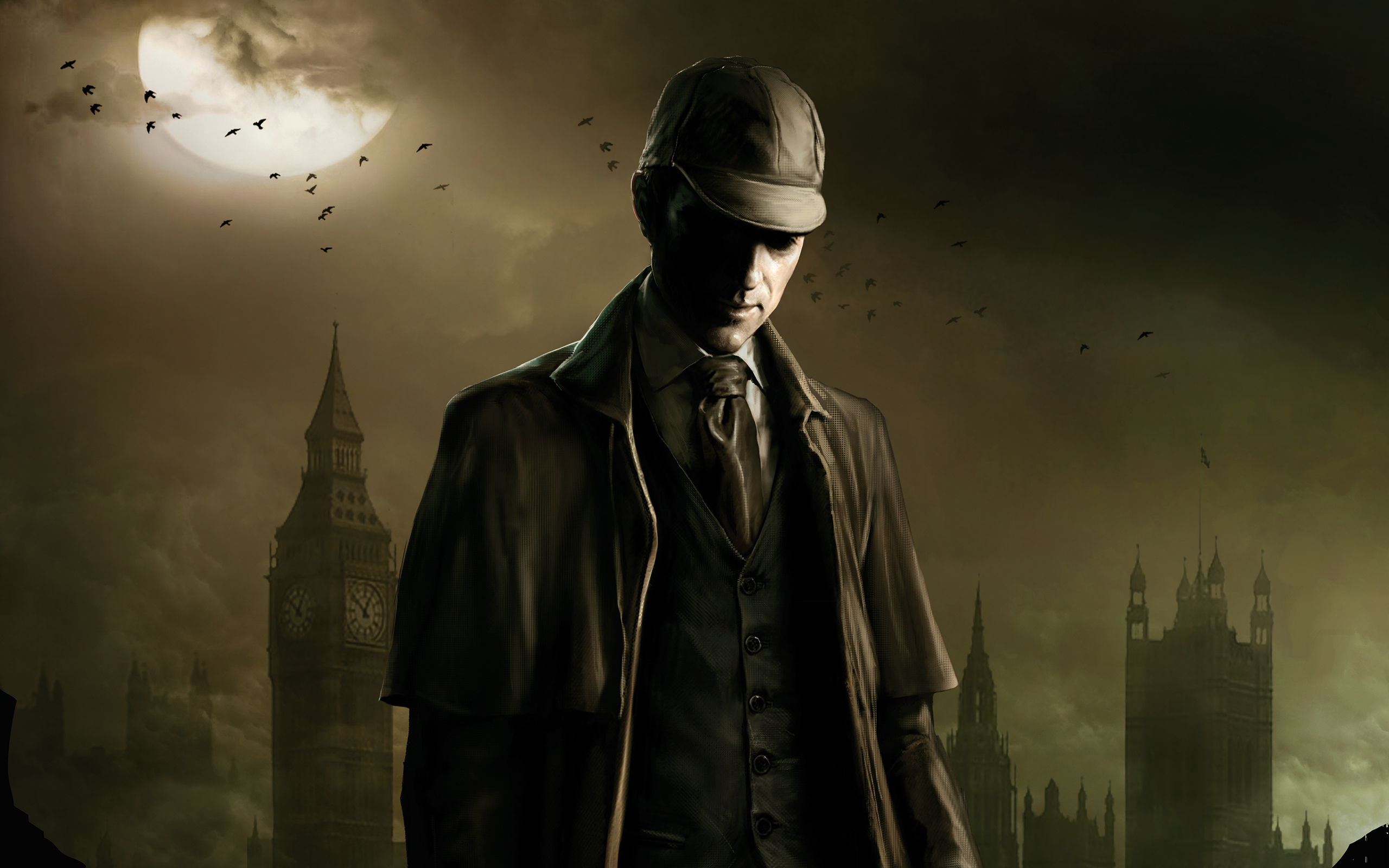Sherlock Holmes murder suspect in Kentwood
On a Tuesday morning, May 11, 1915, St. Helena Parish Deputy Sheriff Joseph Yarborough helped Marshall D. A. Fendalson and Tangipahoa Parish Deputy Robert Dykes arrest Yarborough’s nephew, a man his Kentwood neighbors called Sherlock Holmes.
Five years prior, Mr. Holmes moved from Covington to Kentwood, where he planted a rural mailbox in front of his country home with one word inscribed, “Holmes.”
Soon after, Samuel Simmons, Mr. Holmes’ postman began calling the tall, lanky newcomer with the hawk nose “Sherlock,” and the name caught on. Although Claude had two brothers living in Kentwood, Eugene and Monroe Holmes, most townspeople knew Claude only as Sherlock.
Ironically, before that initial chat with his postman, Claude Holmes, considered by his brothers to be the black sheep of the family, had never heard the name, Sherlock. Curious, he visited the Amite town library, reading any and all magazines and newspapers serializing the adventures of his namesake. The ritual, according to police, became routine as author Arthur Conan Doyle released new stories to Collier’s Weekly magazine.
Marshall D. A. Fendalson told reporters he considered Claude Holmes a friend and said the man relished the thought that he could be related to the famous detective. He refused to see the Baker Street sleuth as a fictional character. Studying his famous “ancestor,” Holmes took up pipe smoking and offered his services to law enforcement as a consulting detective.
Deputy Sheriff Reeves said law enforcement saw Mr. Holmes as peculiar but harmless. However, the deputy’s opinion changed Sunday, May 9, when he received a telegram from Sheriff Ray Blunt of Summit, Mississippi, requesting that he take the train there immediately.
“When I arrived in Summit,” he told the Times-Picayune, “Pike County Sheriff Blunt showed me an anonymous letter postmarked Holmesville, Mississippi. The letter stated that 71-year-old John Louis Bernard had been killed in Liverpool, Louisiana, and buried in the swamp. It said that two witnesses, Virgil Sestrunk and Acy Boyd, were hiding out in Enon, Mississippi and that a third witness, Edward Foster, lived in Kentwood. Sheriff Blunt and I proceeded to Enon and apprehended Sestrunk and Boyd. They led us to a place a half-mile northeast of Liverpool. We dug the body up, and Health Officer W. B. Travis identified the remains.”
“At the inquest, Sestrunk and Boyd swore that Claude Holmes, a farmer whom they worked for, told them two or three days before the murder that he was going to kill Louis Bernard, and they begged him not to do it. The following week, Holmes escorted Sestrunk, Boyd, and another farm worker, Edward Foster, into the woods with a shotgun at their backs, insisting they bury the man’s body or end up in a hole with him,” Sheriff Blunt told reporters for the St. Tammany Farmer newspaper.
Sestrunk and Boyd, in their early 20s, said Holmes led them to Louis Bernard’s naked and bloody body. When Boyd told Holmes that Louis Bernard was still breathing, he said, Holmes took aim with his shotgun and blew the man’s head from his shoulders.
Holmes, he said, directed them to pile logs and leaves over the body, but later had them returned to dig a grave. Neither Sestrunk nor Boyd could explain why Bernard was stripped nude or where his clothing had gone.
Holmes, the boys said, told them he would kill them if they left the farm or spoke to law enforcement. However, the three left in the night one week later. Foster went to work for an uncle in Kentwood, and Sestrunk and Boyd found work tending horses in Mississippi.
Following his arrest, Claude Holmes told police a different story, saying he had no motive to kill Louis Bernard. According to Holmes, Bernard was his wife’s uncle. Holmes had married her in January after they met at a Christmas party the month before.
Louis Bernard came to visit the couple for a few days. On the second night of his visit, in front of the fireplace, Bernard told Holmes his wife had been married before and committed adultery, and the uncle believed she had not divorced from her first husband, Acy Boyd’s father, before marrying Holmes.
Later that night, Holmes said, he confronted his wife. She became furious and said she would have Boyd kill the old man.
Holmes told Marshall Fendalson, “Two days later, the old man said he was taking a train back to Mississippi. Acy and the other two boys working for me said they were taking the same train, riding to Mississippi to see about buying a horse. That was the last time I saw the old man or them boys again.”
Before the trial one month later, District Attorney G. Ward Eicher told Claude “Sherlock” Holmes that, with his wife and the three youths testifying against him, a jury would find him guilty and he would be put to death. However, the DA said, there was a way out. He could plead guilty instead and live out the remainder of his life in prison.
Before Judge L. W. Doty in Greensburg, June 13, 1915, Mr. Holmes shocked newspapers reporters, who had interviewed him throughout the month, by pleading guilty to murdering John Louis Bernard. The journalists wondered how a blind man with one eye so accurately fired a full-sized shotgun and overpowered three young men since the old man the locals called Sherlock walked with a limp, and had only one arm.

